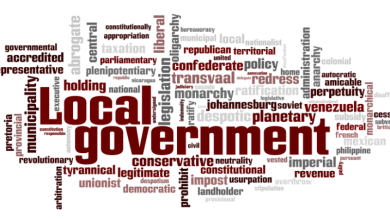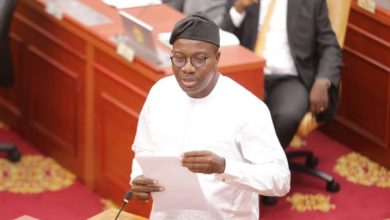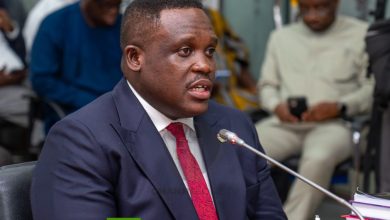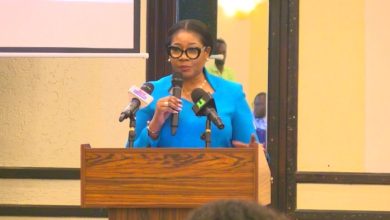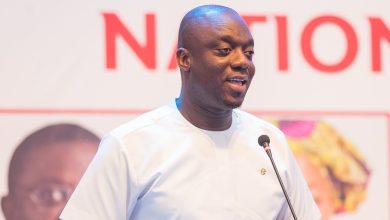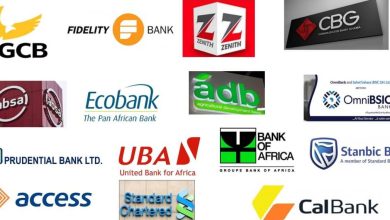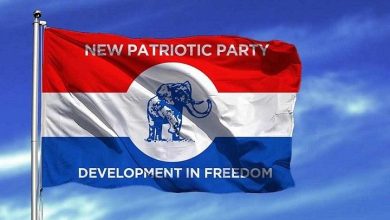Mahama Unveils Plan for Smarter Infrastructure and Sustainable Borrowing in Ghana

At the high-level Presidential Dialogue during the ongoing Annual Meetings of the African Development Bank (AfDB) Group, former President John Dramani Mahama offered a candid and strategic response to a question on Ghana’s public debt situation. He detailed measures his administration is taking to achieve a more sustainable and resilient fiscal path following Ghana’s recent debt crisis.
Ghana’s Debt Restructuring: Progress and Strategy
President Mahama acknowledged the stark reality: “As everybody knows now, Ghana defaulted on its debt.” In response, the country embarked on a comprehensive debt restructuring program—what he described as a “pay-for-debt exchange”—to bring its debt-to-GDP ratio down to a more manageable range of 55% to 58% by 2028. This restructuring, he noted, was successfully concluded earlier this year.
“It brought one quantum of debt down,” Mahama explained, referencing both the reduction in the overall size of the debt and the extension of repayment timelines. This maneuver has already brought Ghana’s debt-to-GDP ratio down to around 75–76%, a notable improvement.
Currently, 97% of Ghana’s total debt has been restructured, with only 3%—mostly commercial credits—still pending. “Once we do that,” Mahama emphasized, “it means that the whole debt restructuring has been completed.”
A Smarter Approach to Borrowing
The former president was clear about his administration’s future borrowing philosophy: Ghana must engage in “smart borrowing.” This means aligning debt with infrastructure that generates revenue, such as tolled expressways or commercially viable ports and terminals.
He cited several successful examples from his previous administration:
The Tema Port Expansion, financed through a public-private partnership with Meridian Port Services, cost about $1 billion but “did not sit on our public debt”.
Terminal 3 at Kotoka International Airport, built on the balance sheet of the Ghana Airports Company Limited, is also self-sustaining.
These initiatives, he argued, illustrate the importance of creating escrow-backed debt instruments—where the revenues generated from a project are ring-fenced to service the associated loans.
Currency Stabilization and Domestic Reforms
Mahama also highlighted the role of currency depreciation in worsening the debt burden. Because a significant portion of Ghana’s public debt is denominated in foreign currency, a weakening cedi automatically inflates the debt stock in local currency terms.
“Fortunately, some measures we put in place have recently begun to show results,” he said, noting that the cedi has shown signs of strengthening. In fact, Ghana has managed to reduce its total debt by nearly GHS 150 billion over the past five months alone.
This progress, he suggested, puts Ghana on track to achieve its target debt sustainability ratio ahead of schedule—possibly by the end of this year.
Looking Inward: Accountability, Efficiency, and Revenue
Beyond debt management, Mahama stressed the importance of fiscal discipline and institutional reform. He called for:
Boosting domestic revenue,
Cutting wasteful government expenditure,
Fighting corruption, and
Introducing greater accountability and transparency in governance.
“That is what the focus of my administration is,” he concluded.
A Vision for Sustainable Growth
President Mahama’s remarks reflect a holistic and forward-looking fiscal vision. By restructuring Ghana’s existing debt, adopting innovative financing models, and ensuring that future borrowing is tied to productive, revenue-generating projects, he hopes to not only stabilize the economy but also create long-term, inclusive growth.
In a region where fiscal crises often lead to prolonged stagnation, Ghana’s evolving debt strategy—if sustained—could become a model for other African economies grappling with similar challenges.

